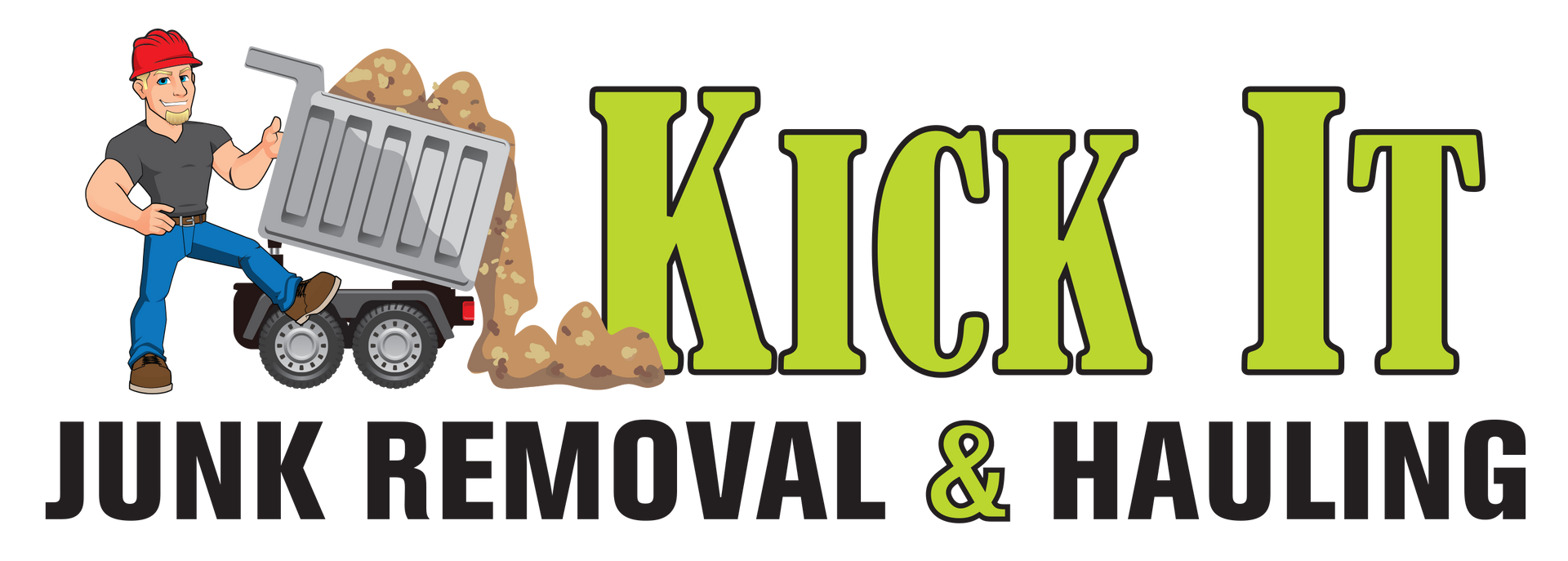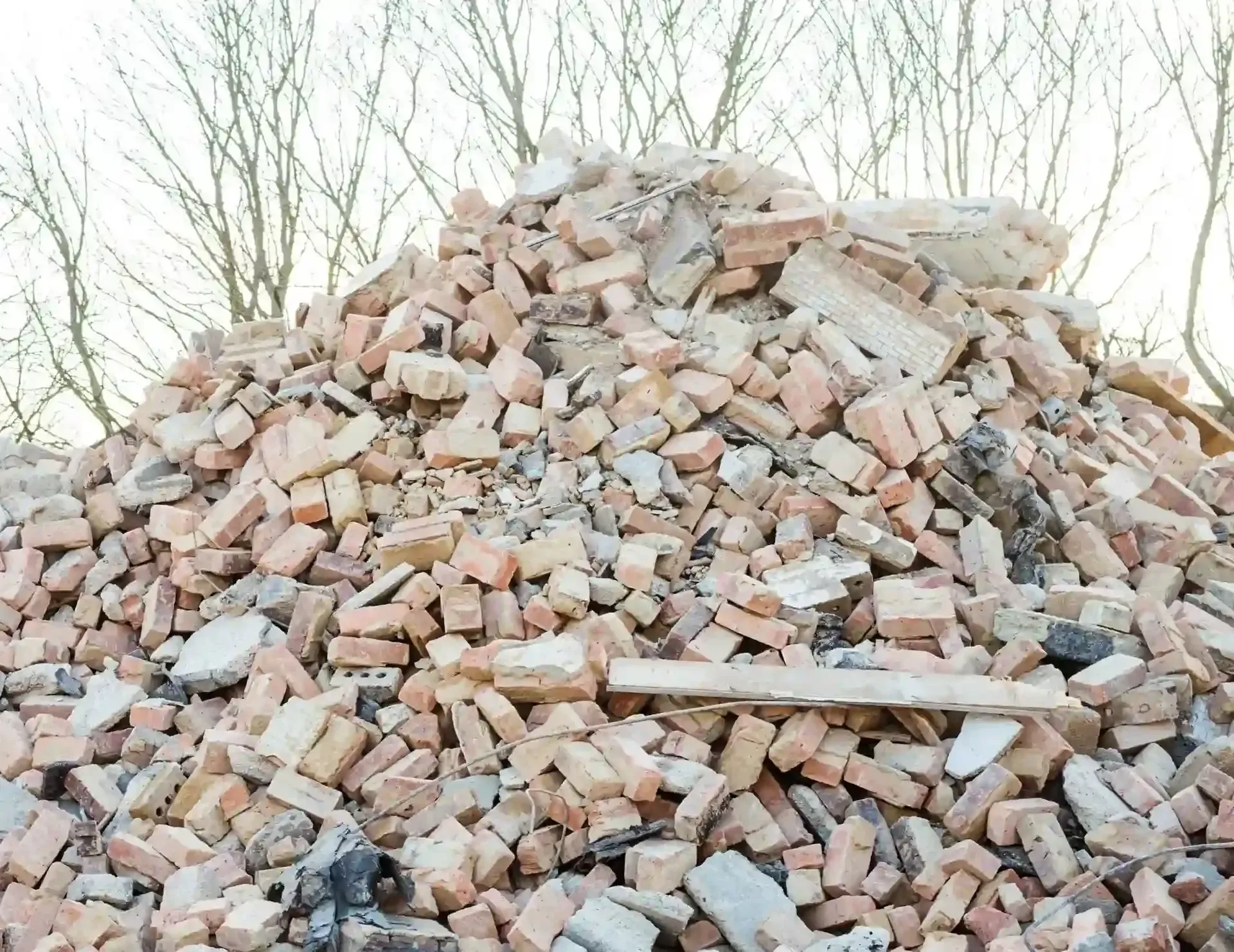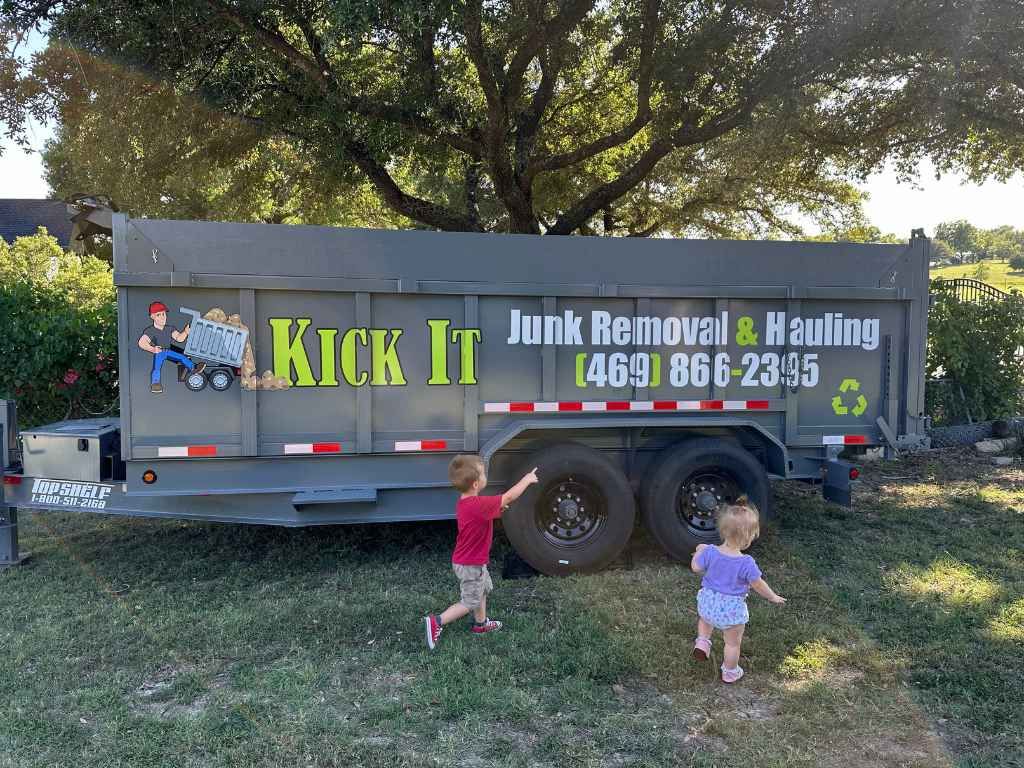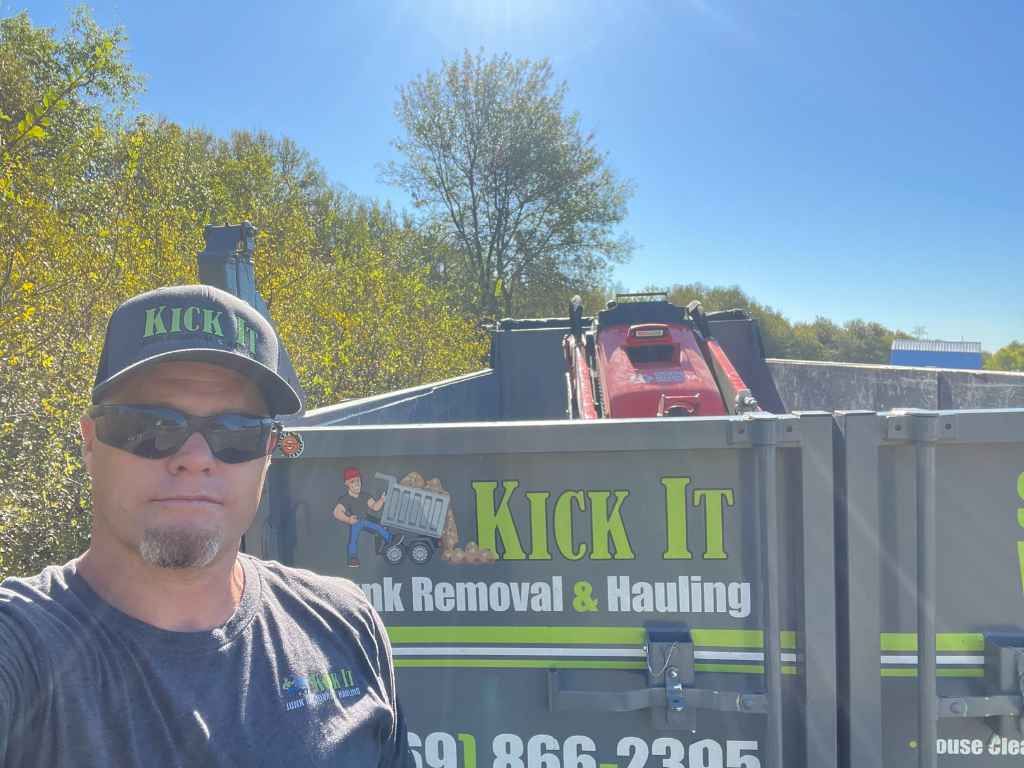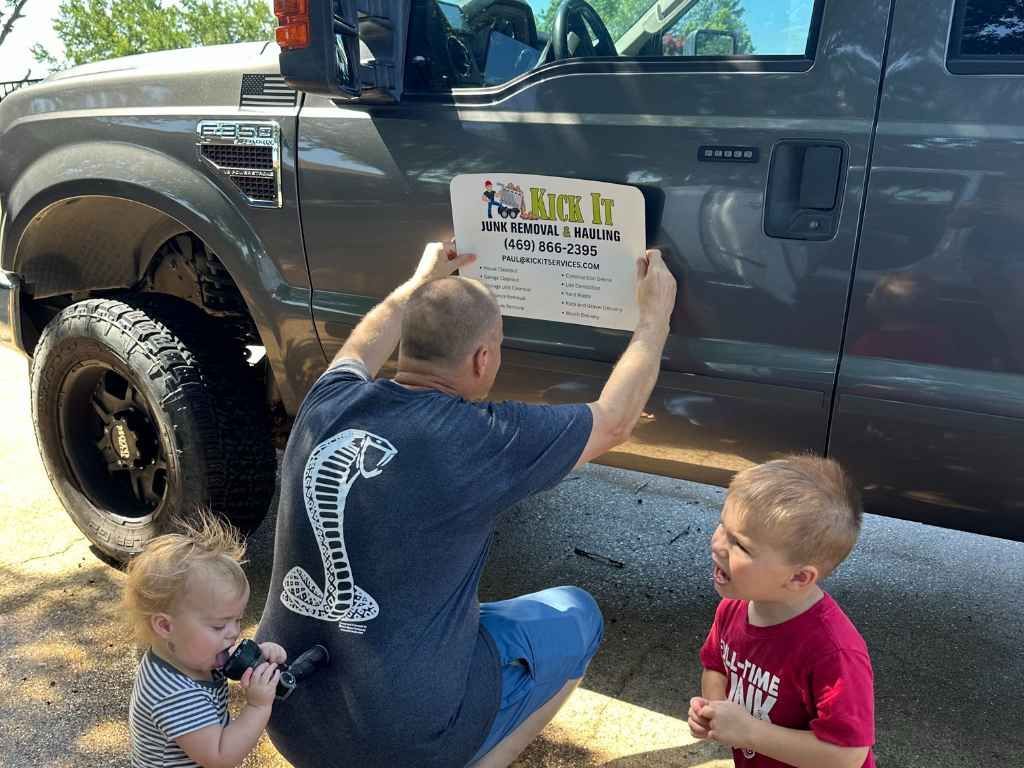How to Prepare for Bathroom Demolition
Planning a bathroom demolition can be a thrilling yet daunting task, whether you're updating an outdated space or completely redesigning the layout. The chaos of torn tiles, dismantled fixtures, and dust flying everywhere can make the process seem overwhelming. However, with a well-thought-out plan and the right preparations, you can transform your bathroom into the sanctuary you’ve always dreamed of, with minimal stress and disruption.
In this article, we’ll guide you through how to prepare for bathroom demolition, focusing on essential steps that ensure safety, efficiency, and a smoother overall experience. Let’s dive into it.
Key Steps to Efficiently Prepare for Bathroom Demolition
Preparing for a bathroom demolition requires careful planning to minimize chaos and ensure safety throughout the process. Begin by setting a realistic budget that includes both demolition and renovation costs. You’ll need to plan for unexpected expenses and delays that might arise. Properly clearing the area by removing fixtures, furniture, and unnecessary items will help streamline the process. Don’t forget to turn off all utilities, including water, electricity, and gas, to avoid any potential accidents during demolition.
Safety should be your top priority when preparing for bathroom demolition. Ensure that the space is adequately protected with drop cloths or plastic sheets to catch debris and dust. Wear appropriate protective gear, such as gloves, goggles, and a face mask, to safeguard yourself. If dealing with plumbing or electrical systems, it’s crucial to either have a professional handle it or at least disconnect everything properly. A methodical approach will lead to a more successful and less stressful project.
Set a Realistic Budget
Before picking up a hammer or even starting the demolition process, establish a clear budget. This should include everything from demolition costs, new fixtures, materials, permits (if necessary), and the cost of hiring professionals if needed. Take into account the size of your bathroom, the extent of the demolition, and the scope of your renovation. A solid budget will act as a safety net, allowing you to make informed decisions and avoid surprise costs down the road.
Remember, things might not always go according to plan. Unexpected plumbing or electrical issues often arise, which is why it's a good idea to have a contingency fund built into your budget. Setting this financial framework ahead of time will ensure you stay on track throughout the project.

Plan the Demolition Timeline
Having a well-defined timeline helps set expectations for everyone involved and minimizes the inconvenience. Take into consideration the amount of time you expect the demolition to take, which can range from one day to a few days depending on the scale of your bathroom renovation. If you’re planning to do the demolition yourself, factor in additional time for unforeseen setbacks like stubborn fixtures or challenging materials.
The timing of your bathroom demolition is also key. Consider the time of day when you’ll be able to work with minimal disruption, and whether you want to demolish on a weekday or weekend. If you have a large family or roommates, communicating the timeline ahead of time helps keep everyone in the loop.
Create a Safe Work Environment
Safety is paramount when preparing for bathroom demolition. A bathroom is often full of hazardous materials and potential safety risks like sharp tools, exposed electrical wiring, or even asbestos in older homes. Make sure you take the proper precautions before getting started.
- Turn off Utilities: The first step in the demolition process is to shut off water, gas, and electricity to avoid any accidents. This includes turning off water valves, unplugging electrical appliances, and shutting down gas lines. It's essential that you take extra caution when dealing with plumbing systems, as improper handling can cause leaks or flooding.
- Wear Safety Gear: Personal protective equipment (PPE) is a must. Ensure that you have heavy-duty gloves, goggles, a hard hat, a face mask (for dust), and sturdy work boots. A respirator is also a good idea, especially when working in an enclosed space like a bathroom where dust can be particularly problematic.
- Remove Hazardous Materials: If your bathroom was built before the 1980s, there’s a chance that materials like lead paint or asbestos could be present. Consult with a professional to determine if testing is necessary before you begin tearing things apart.
Remove Everything That’s Not Attached
Before diving into the heavy work of taking down walls or floors, remove everything in the bathroom that isn’t nailed or screwed down. This includes all the smaller fixtures, personal items, rugs, towels, and any other removable items. Taking the time to clear the space will not only make the work easier but will also prevent accidental damage to items you want to keep.
Once the non-attached items are out of the way, remove any remaining cabinetry or free-standing furniture. You’ll want to get rid of all these items before starting the more intense demolition work. If you plan to reuse some of the items, make sure they’re safely stored and protected.
Disconnect Plumbing and Electrical Systems
Plumbing and electrical systems are two of the trickiest elements to deal with during a bathroom demolition. Whether you're doing it yourself or hiring a professional, it’s crucial to handle these systems carefully.
- Plumbing: Disconnect water supply lines leading to your sink, shower, and toilet. If you’re replacing the toilet, sink, or bathtub, ensure that the connections are safely uncoupled. Draining any excess water from the pipes will prevent flooding or spills during demolition.
- Electrical Systems: Bathroom remodels often require moving or removing light fixtures, fans, or power outlets. If you’re not familiar with electrical systems, it’s a good idea to hire a licensed electrician to ensure the job is done safely. Always turn off the breaker before working with electrical wires to avoid any shocks or electrical hazards.
Protect Your Surrounding Areas
Since bathroom demolition can create a lot of dust, debris, and noise, protecting the surrounding areas is crucial. Cover the floor with a thick plastic sheet or drop cloths to avoid damaging your floors with debris or dust. If you're demolishing tiles or tearing down walls, use plastic sheets to seal off the rest of your house to minimize the spread of dust.
It’s also wise to cover any furniture or belongings outside the bathroom with plastic sheeting. This will shield them from flying debris and dust, ensuring that they stay clean and intact.
Demolition Strategy
When the time comes to get down to business, approach the demolition with a clear strategy. The goal is to break down the components of your bathroom in a controlled, methodical manner to minimize chaos and avoid making unnecessary messes.
- Tackle the Fixtures First: Start with the smallest fixtures like towel racks, mirrors, or light fixtures. After that, move on to the larger items like the sink, toilet, and bathtub. These items may need to be unscrewed or disassembled before you can remove them. If you're not confident in how to remove these items safely, it's always best to consult with a professional.
- Walls and Flooring: Once you’ve tackled the fixtures, it’s time to deal with the walls and floors. Begin by carefully removing any tiles, drywall, or partitions. If you plan on keeping the plumbing or electrical lines intact, be extra careful to avoid cutting into them when removing drywall or wall panels.
Disposal and Cleanup
Once the demolition is complete, you'll be left with a sizable amount of debris. It’s essential to dispose of these materials properly to avoid environmental damage and keep your project on track.
- Organize the Debris: Sort the materials into separate piles for recycling, donation, and trash. Metal parts, wood, and other salvageable items may be recyclable or reusable in future projects. Be sure to check with local regulations to ensure you're disposing of everything responsibly.
- Rent a Dumpster or Hire a Junk Removal Service: Depending on the size of the demolition, you may need to rent a dumpster to dispose of the debris. If the job is too big or you don’t have the time or energy to haul everything away, consider hiring a professional junk removal service to do it for you.
How to Get Your Bathroom Ready for Demolition with Ease
Bathroom demolition can be a satisfying process when planned and executed properly. First, create a clear timeline and allocate enough time to complete the project without rushing. Removing all personal items, like towels, rugs, and toiletries, will give you space to work and help avoid accidental damage. Don’t forget to check if your bathroom contains hazardous materials such as asbestos or lead, especially in older homes, and make arrangements for professional testing if necessary.
Before starting the heavy work, disconnect all plumbing and electrical systems to prevent accidents. This includes turning off water valves, unplugging electrical connections, and shutting off the gas. Be sure to wear safety gear such as gloves, goggles, and a dust mask. As you proceed with tearing down walls and removing fixtures, take care to avoid damaging other areas of the house. Proper preparation and a methodical demolition strategy will make the entire process go much smoother.
Conclusion
Bathroom demolition can be an exciting, transformative project that sets the stage for a new, refreshed bathroom. With the right preparation, you can ensure the process is safe, efficient, and as stress-free as possible. From setting a realistic budget to carefully protecting your home and using the proper safety measures, following these steps will help you successfully navigate your bathroom demolition.
Need help with junk removal?
Kick It Junk Removal & Hauling is here to assist with your demolition cleanup. We offer fast, reliable services, ensuring your project ends smoothly with no hassle.
Location: 14339 Stanley Lane, Forney, Texas 75126, United States
Phone: 469-866-2395
Email: Paul@kickitservices.com
